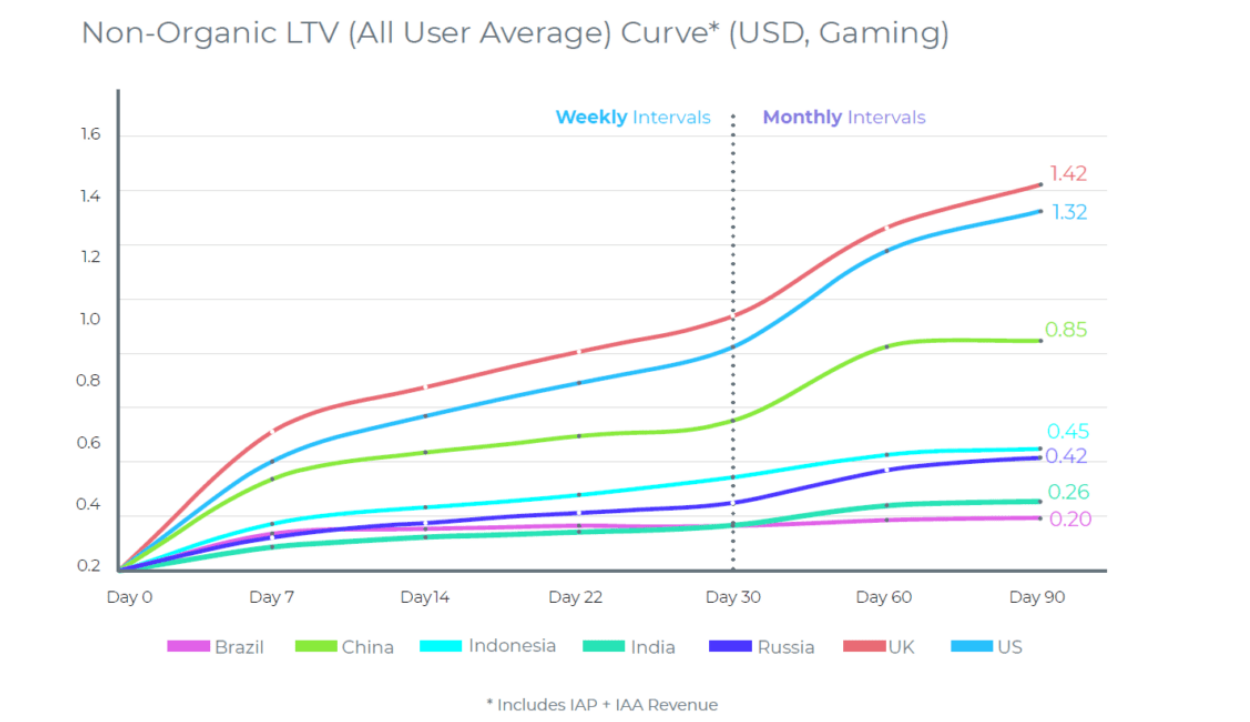Decoding 2025 Mobile Game User Acquisition Strategies | Growth Methodology

The Foundation of User Acquisition
In mobile game UA, marketers must go beyond traditional advertising and channel selection. Customized strategies are essential, considering the unique features of the game, target audience diversity, and regional differences.
Market Positioning and Audience Analysis: Unlike generic apps, mobile games require nuanced audience segmentation. Players have varying preferences—some seek casual entertainment, while others prioritize competition and achievement. UA strategies must align with these preferences through tailored ad creatives and promotions.
Diversified Channels: Effective UA relies on leveraging diverse channels, including ad networks, social platforms like YouTube, Facebook, and Instagram, and in-app ads. Each channel offers unique advantages, whether it’s lower CPI (Cost Per Install) or higher ROI (Return on Investment).
Strategic Targeting: Decisions on channel partnerships should be data-driven. For instance, optimizing for users with higher LTV (Lifetime Value) may prioritize channels with strong ROI, while rapid user acquisition might focus on cost-effective platforms.

User Acquisition and Ad Optimization
Campaign Optimization is pivotal in maximizing UA effectiveness. Key optimization strategies include:
ROAS Optimization (Return on Ad Spend): ROAS optimization ensures every ad dollar delivers maximum returns. This involves refining ad creatives, targeting, and platform strategies to boost efficiency.

Event Optimization: Focusing on in-app user behaviors (e.g., registrations, purchases) helps attract high-quality users and improve retention and engagement.
Creative Trends in Design
Ad Creatives are evolving to meet player expectations. Key trends include:
Playable Ads: These interactive ads allow users to experience gameplay directly, boosting click-through rates and reducing churn.

AI Voice Dubbing: AI-driven voiceovers add dynamism to ads, making them more engaging and appealing.
User-Generated Content (UGC): Leveraging content created by players fosters authenticity and strengthens community engagement, driving organic growth.
Future Trends in Mobile Game Marketing
The future of mobile game marketing will be shaped by:
Hybrid Monetization: Combining in-app purchases and ads ensures flexible revenue streams.
Multi-Channel Integration: Synchronizing campaigns across platforms maximizes reach and resource efficiency.
Personalized Marketing: Powered by AI and big data, personalized ads tailored to player behavior and preferences will dominate, enhancing click-through and conversion rates.
Conclusion
As competition intensifies, UA and retention strategies must adapt. Precision targeting, innovative creatives, and data-driven optimizations are critical for success. The future holds exciting opportunities for innovation, with technology and market dynamics driving new challenges and growth avenues.











